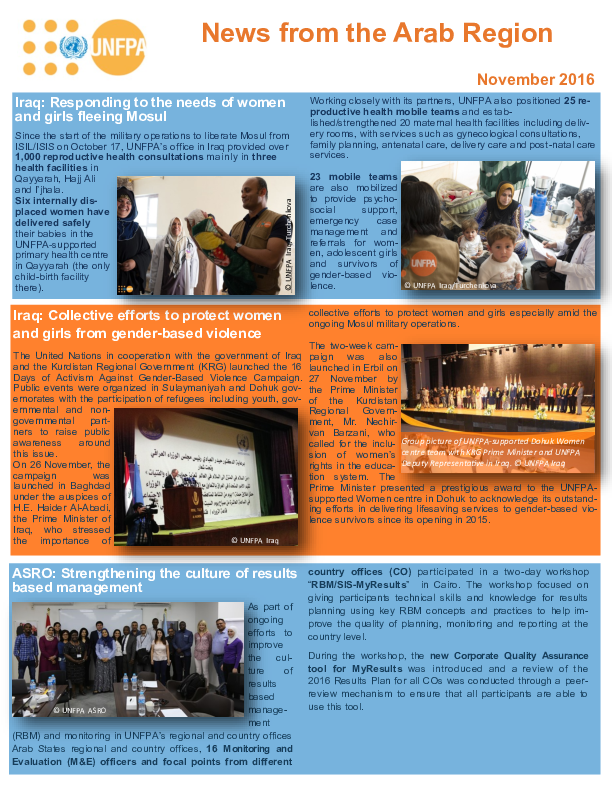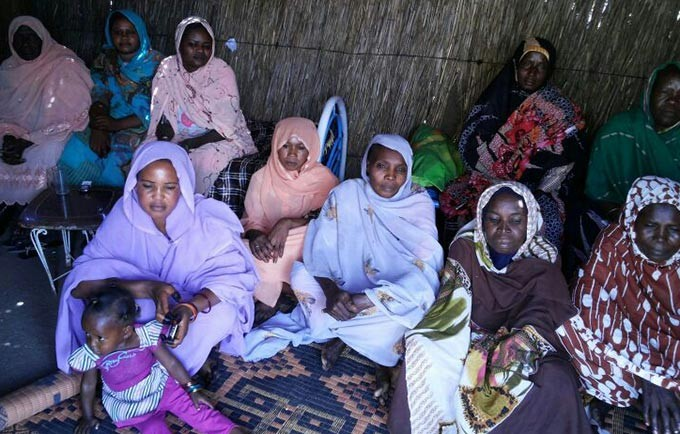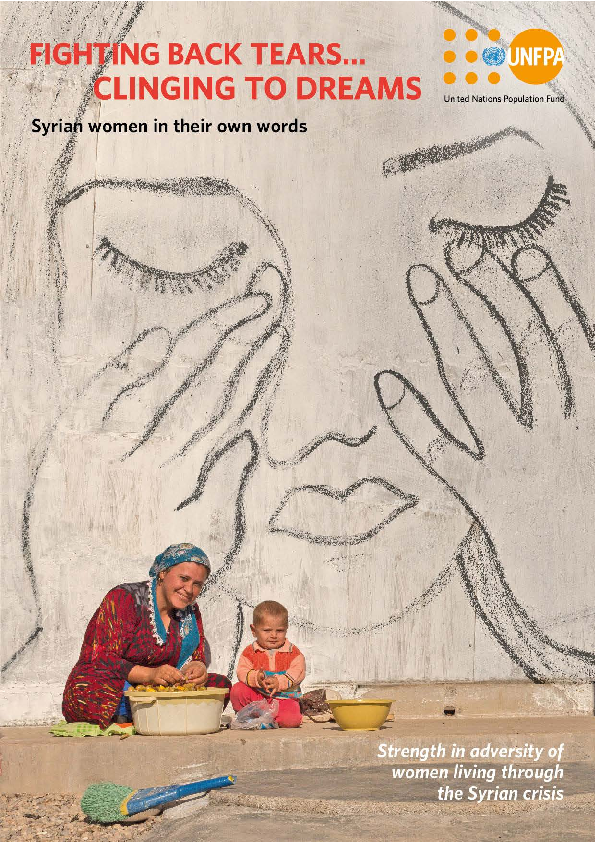You are here
New Releases

Iraq: Mosul Humanitarian Response
Situation Report No. 14 (26 December 2016-1 January 2017)

News from the Arab Region
Highlights of UNFPA work and humanitarian response in Iraq, Yemen, Sudan, Libya, Palestine, Tunisia, Lebanon, Syria, Algeria and Somalia, November 2016.

Midwives on the front line
Humanitarian crises, and the associated population displacement, are a large and growing problem across the globe. Countries in the Arab States region feature prominently in global statistics for fragility and humanitarian crises: according to the United Nations Refugee Agency (UNHCR), in 2015 40% of the world’s refugees, internally displaced persons and asylum seekers originated from this region, and countries in this region host 34% of the world’s forcibly displaced population. These statistics underline the urgent need for action, both in reaction to current crises and in terms of building resilience to possible future crises.
UNFPA in the Arab Region: Responding to Humanitarian Emergencies
Even under normal conditions, reproductive health issues are a leading cause of death and illness among women of childbearing age. But when a crisis strikes, skilled birth attendance and emergency obstetric care often become unavailable, exacerbating the vulnerability of pregnant women. Moreover, during conflicts, natural disasters and other emergencies, plans for a humanitarian response can easily lack adequate services for the immense sexual and reproductive health (SRH) needs among any affected population. Women face other threats as well. The absence of health services and other factors can increase the risks of contracting HIV and other sexually transmitted infections. And the breakdown of protection systems often leads to a rise in gender-based violence (GBV). In addition, the burden of care women assume for children and others can make it difficult for them to take proper care of themselves. Women may neglect their own needs as they care for their families and neighbours.

Manual on Social Norms and Change
This manual is meant for training programme managers to promote the abandonment of female genital mutilation/cutting (FGM/C).

UNFPA Humanitarian Action Overview
Today more than 75 per cent of people affected by humanitarian crises are women and children. And adolescents aged 10-19 years constitute a significant proportion of the population in many conflict and post-conflict settings.

2015 Annual Report of the UNFPA-UNICEF Joint Programme on Female Genital Mutilation/Cutting
The UNFPA-UNICEF Joint Programme on Female Genital Mutilation/Cutting: Accelerating Change started in 2008 and has just completed the first half of its Phase II implementation period (2014–2017).
UNFPA Annual Report 2015
This annual report shows how UNFPA, the United Nations Population Fund, helped millions of women and girls gain the power to realize their full potential and transform their lives.

FIGHTING BACK TEARS… CLINGING TO DREAMS
In Fighting Back Tears ... Clinging to Dreams. Syrian Women in Their Own Words, a different picture of Syria emerges than the one we normally see.
Reporting on Gender-Based Violence in the Syria Crisis: Training manual for facilitator
Five years on, the Syria Crisis shockwaves still reverberate across an already volatile region. Syrian women bear the full hardship of this open-ended conflict, as they pay the price of social stigma and displacement inside the country and in the five neighbouring countries, which are now home to more than four million refugees. Almost always, they are affected by gender-based violence, which tends to increase in times of duress as familial bonds weaken as a result of forced migration and displacement.